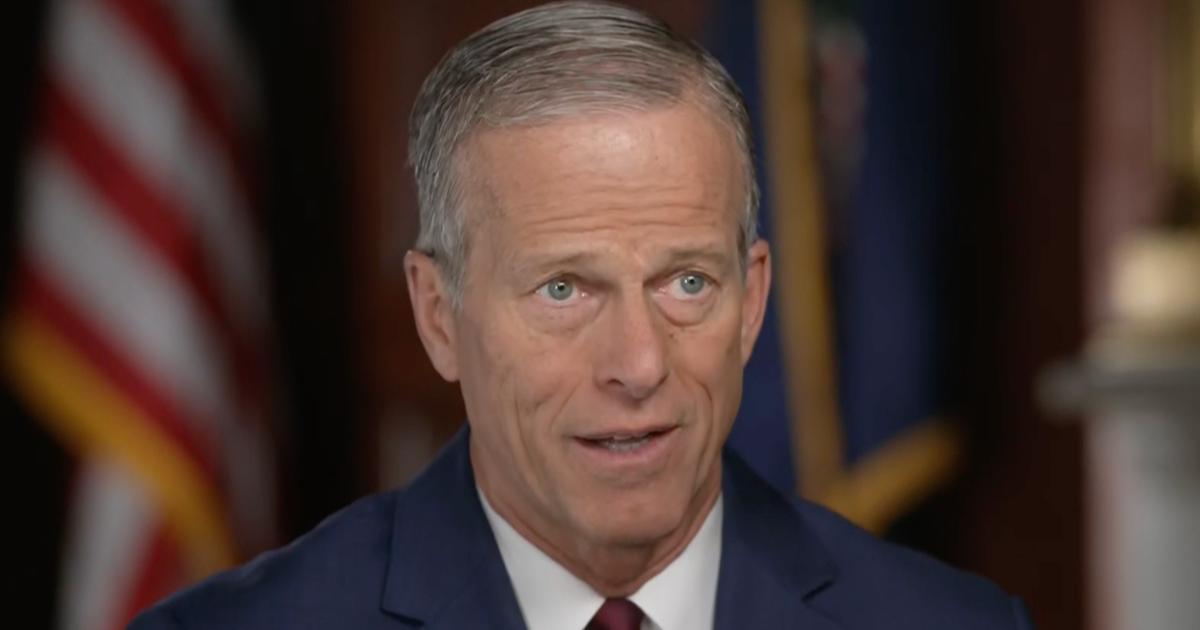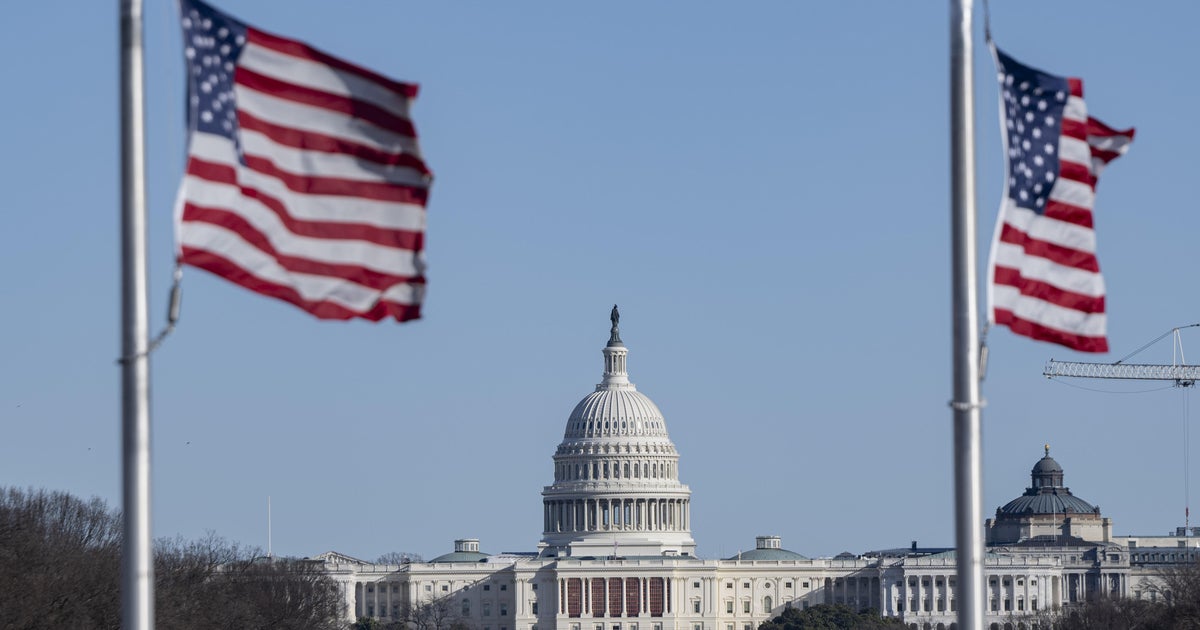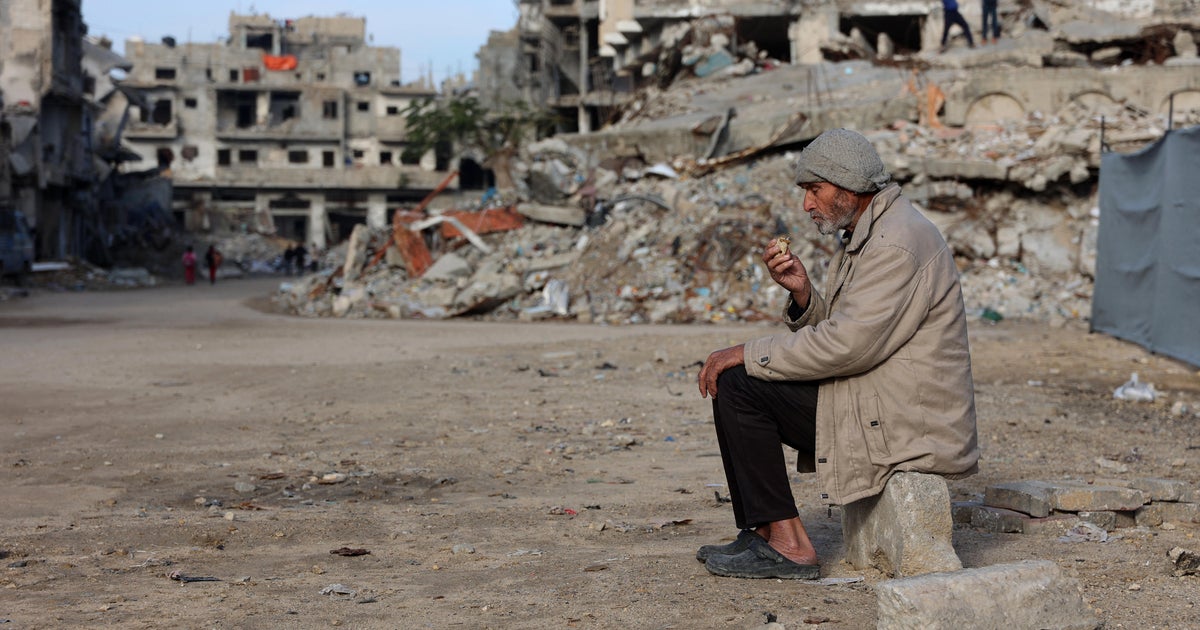What a successful North Korea summit would look like
The world will be watching when President Trump and North Korean leader Kim Jong Un meet in Singapore next week. But what would a successful summit look like?
Beyond Mr. Trump and Kim shaking hands, a big development on the day of the summit is unlikely. But maintaining an open dialogue and establishing a joint ambition of moving towards North Korean denuclearization within some kind of framework would constitute real progress, experts argue.
Ambassador Robert Gallucci, the chief U.S. negotiator during the 1994 talks with North Korea, defined success in limited terms. "That no one goes home early because of what the other side said or did. No food fights. That there's generally an agreement to continue engagement," he said.
Other experts agree that there should be a statement that comes out of the meeting with an objective and an agenda for the path forward.
"The best possible outcome I see for this summit is a general outline of an agreement that identifies denuclearization as the end goal of a process to be determined," says Suzanne DiMaggio, a director and senior fellow at New America, a Washington, D.C. think tank.
DiMaggio, who has was in talks with North Korean officials in late March in Stockholm, says a top priority for the U.S. should be codifying the suspension of North Korea's nuclear and ICBM testing and setting up liaison offices in Pyongyang and Washington. Such offices would be a "real demonstration of a commitment to this process," and would solidify the channels of communication.
Joel Wit, who worked at the State Department on arms control and non-proliferation issues for 15 years, agrees that there is a need to set up regular channels for communication.
"We need continuous back and forth. You can't have periodic back and forth or interrupted back and forth when things are going well. It has to be continuous," says Wit. He says the two countries could also agree to future meetings by high-level officials.
Wit, however, cautioned that that the bar should not be too high for the talks in Singapore, and the U.S. should not set out to achieve any technical agreements.
"If you're going to set a standard for success, in terms of an agreement that somehow deals with chemical and biological weapons, you're not going to have a success, because they're not going to be dealt with right away," says Wit. "I see that standard as just a prescription for failure."
Mr. Trump has already moved to give his team negotiating space and deflate lofty expectations for the summit. He now says it could be the first of many meetings, as opposed to a one shot wonder.
"I never said it goes in one meeting. I think it's going to be a process, but the relationships are building and that's very positive," Mr. Trump said last week.
White House officials have been getting advice from outside experts who say it is important to move slowly and be especially aware of the need to balance speed and safety when it comes to the actual process of denuclearization.
During meetings at the White House, they compared this process to this to a football game, saying that instead of a Hail Mary, a successful summit would be more like a three-yard gain. Continuing the metaphor, the experts warned that the U.S. must avoid the temptation of spiking the ball on the 50-yard line before the game is over.
Secretary of State Mike Pompeo explained last week that the summit would put Mr. Trump and Kim in a place where "real progress" can be made. Yet so far the White House and the State Department will not discuss their specific ambitions going into the summit.
Experts warn the Trump administration should not go overboard in what they put on the table before North Korea takes concrete action. Victor Cha, a regional expert who was previously the director for Asian affairs at the National Security Council, said that Kim will want to "give as little as he can" and "get as much as he can."
Cha warned the U.S. against giving away too much too early, saying Mr. Trump must not break "his own cardinal rule" of wanting the negations more than the person on the other side of the table.
The other looming question is what North Korea wants to get out of this meeting. Experts say Kim, one of the world's youngest leaders, will be coming into the meeting from a position of power.
"They have announced this engagement with the U.S. is now a part of their national narrative but I don't think it's one based on weakness or a desire to get economic assistance," said Joe Yun, the former top State Department official on North Korea, during a recent hearing on Capitol Hill.
"It's based on strength. They're a nuclear weapons state now. That's why the United States wants to talk to them. That's why Donald Trump is ready to meet with them."
Yet there are some actions North Korea could take from the get-go that would grease the wheels and prove that they are serious. Yun explained that those actions include codifying North Korea's self-imposed moratorium on nuclear testing, opening sites to international inspections for monitoring, and providing an accounting of all nuclear site and fissile material sites.
The U.S. could also put items on the table that would draw in North Korea, such as a non-aggression pact, which would provide a security guarantee to North Korea while toning down military exercises in the region. Some say that certain parts of U.S. military exercises could also be done in different locations, such as Hawaii.
"We could reduce the scope an size of exercises in way that wouldn't reduce our military preparedness," New America's DiMaggio said. "Over these last couple of years, the exercises have become far more extensive, in part to demonstrate to North Korea what military options are on the table. But now that we are in a negotiation phase there is a way to reduce the scope of the exercises."
But should talks continue on past the Singapore summit, the diplomacy will only grow more complex.
"I think where the rubber is going to hit the road is if we get to the point of moving on to freezing the program, because that's going to require a verification process and inspectors on the ground," explains DiMaggio.
As many as 100 sites in North Korea would need to be thoroughly inspected in order to establish the full knowledge of their its program, a North Korean nuclear expert estimates, as its capabilities remain mostly unknown.
With all of these complex factors at play, the stakes for this summit are extremely high.
"I do worry about failure leading to military action," said Yun at the congressional hearing, adding that he hopes "cooler heads" prevail.



